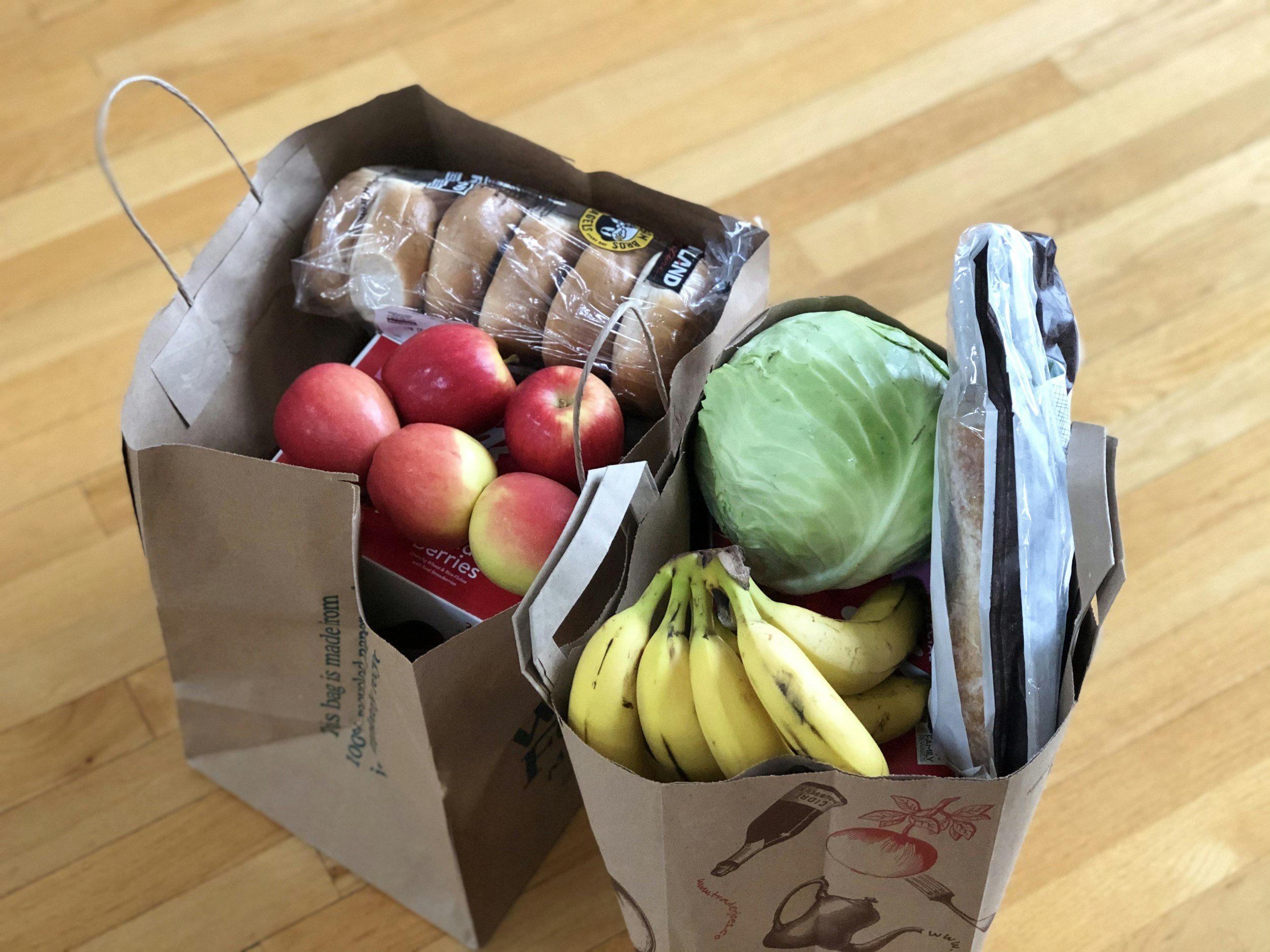What Is Seasonal Eating and Why Should You Try It?
You can usually tell when a fruit or vegetable is in or out of season. Every changing weather pattern brings a surplus of new produce to the supermarket — the bolder and riper, the better. Seasonal eating isn't a new trend — it's as old as early farming when people ate what they grew on their land. Consuming seasonal produce means you're eating food harvested at its peak. Perhaps you’ve always wondered about the benefits of eating seasonal food. Likewise, you may want to find out where to buy the freshest produce or how to embrace new fruits and vegetables. Here’s everything you need to know to get started.
5 Reasons to Try Seasonal Eating
Whether pumpkins and cranberries in the fall or fresh herbs and turnips in the spring, seasonal food retains essential vitamins and minerals to help with weight management and disease prevention. Here are five reasons you should give it a try.
1. Nutritional Value
Seasonal produce maintains more nutrients since it’s picked when fully ripened. For instance, pear peels contain six times the amount of polyphenols than the fruit itself. Also, sweet potatoes — gathered in the fall or winter — contain fiber and antioxidants, supporting immunity, gut health and vision. According to one study, plant-based eating lowers blood glucose by 35% in two weeks and reduces mortality rates from heart disease by 24%.
2. Bolder Flavor
Seasonal fruits and vegetables are harvested at peak freshness, so they’re jam-packed with delicious flavor. An apple is less crunchy and juicy in the spring than in the fall. Likewise, summer fruits like watermelon and pineapple are hard to come by during the winter. To satisfy your taste buds, wait until produce is in season before buying it. Then, be sure to store it properly when you get home. While you should always refrigerate leafy greens, carrots and citrus fruits to maintain freshness, you can store root vegetables in plastic bins in your pantry.
3. More Sustainable
Buying locally grown, seasonal produce is usually more sustainable than transported alternatives and promotes eco-friendly farming practices. For instance, local farmers may avoid excessive pesticides and fertilizers to reduce environmental impacts and protect human health. Likewise, local produce reduces food miles — how far items travel to get to your plate. There are far fewer emissions to contend with as a result.
You can also start growing your own food. When you buy produce in the grocery store, it’s often sold in plastic packaging that ends up in a landfill. If you get your food from your own garden, you can reduce your plastic usage, as well as pollution from your commute to the store. Start by researching what plants are in-season in your area to get the best results.
4. Cost-Effective
Have you ever wondered why blueberries are so much more expensive in the winter than summer? Blueberries grow abundantly in the warmer months and are more widely available. Prices decrease when there's an increase in supply — making seasonal eating much more cost-effective. Food prices have increased by 11.4% from 2021 to 2022. In 2021, low-income households spent $4,875 on food, while high-income households spent about $13,973 — 30.6% and 7.6% of incomes, respectively.
5. Great Variety
Whether you're a gourmet chef or known for whipping up a mean peanut butter and jelly sandwich, seasonal eating encourages you to get creative in the kitchen. Every season offers a long list of fruits and vegetables, enabling you to experiment with different recipes, flavor pairings and culinary techniques. Seasonal eating makes cooking fun and fosters a deeper appreciation for the changing weather.
Tips for Starting to Eat Seasonally
Some people find dietary changes difficult, but seasonal eating should be a cinch. Follow these simple tips for eating what’s in season:
Refer to online resources for lists of fruits and vegetables harvested each season.
Research farmers markets in your area and commit to shopping for seasonal produce locally.
Have you never tasted rutabaga? Try different recipes each season using unfamiliar ingredients. You may find your new favorite vegetable.
Freeze, can, pickle and dehydrate seasonal produce to use later on. These methods can help you avoid buying fruit and veggies out of season.
Grow seasonal vegetables and fruits in your backyard for a year-round supply of fresh ingredients. Research what plants thrive in your area during different seasons for the best results.
Once you start to learn what produce is in-season, you can simplify your grocery shopping list by limiting what you buy. Think about what foods you’ve never liked. Maybe you were just buying them at the wrong time. Now, you can enjoy foods when they’re at their best.
Eating for the Season
Few foods compare to the tasty flavor profiles of seasonal fruits and vegetables. Whether transitioning to plant-based diets or simply wanting to add more variety to your plate, eating for the season provides plenty of options.



